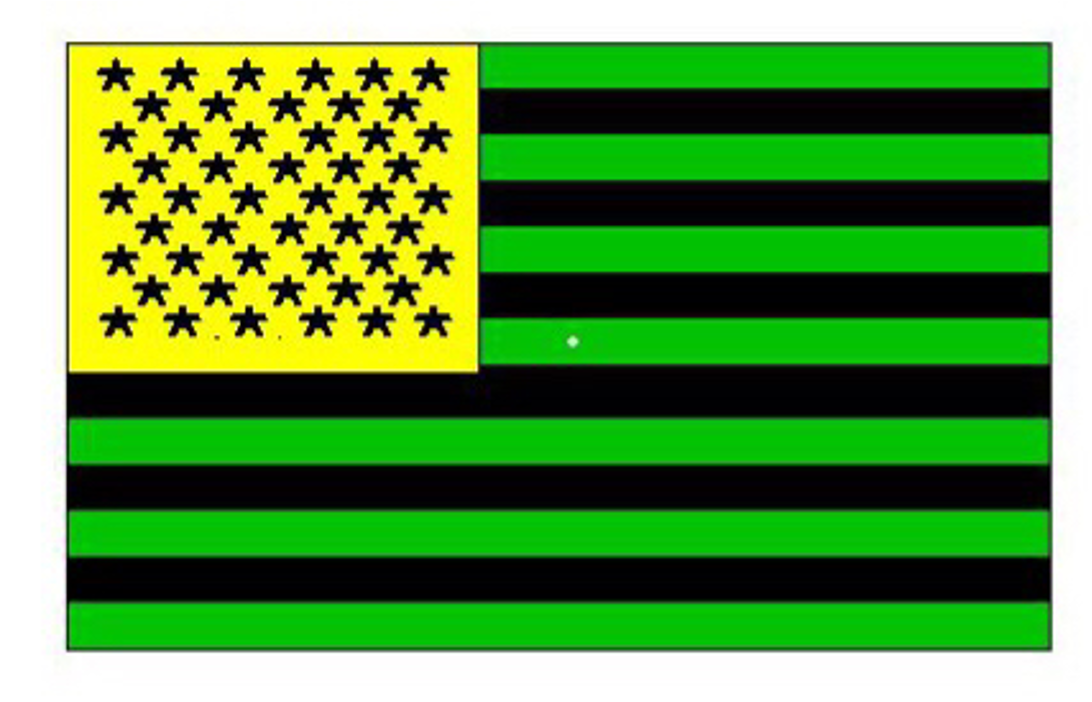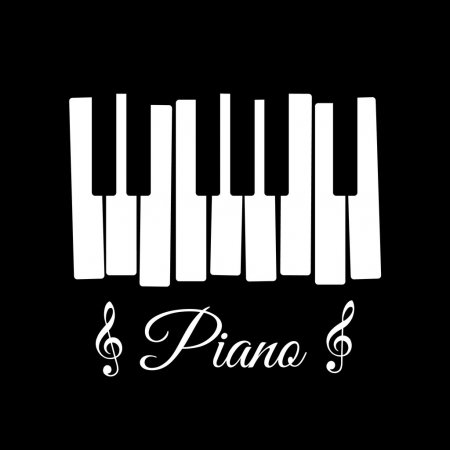Present at iNAV 2020
Published:
Today, I presented my talk “Travel Direction as a Fundamental Component of Human Navigation” at the data blitz session of the 2020 Interdisciplinary Navigation Symposium (iNAV). The study is to look at the role of travel direction in the internal representation system of human navigation using a traditional paradigm in vision neuroscience - motion adaptation. The data will be incorporated as part of the first chapter of my Ph.D. dissertation and a recording of the talk should be available on the iNAV website since next week.
This talk is quite a landmark to me. It is not only because iNAV is one of the most important conferences in the spatial neuroscience field, but it is also due to it labels the first time for me to give a conference talk remotely and it is the first time I present in front of over 600 people (wow). I should mention that the talk is only 5 min long + 1 min Q&A, with only 5 days’ short notice. From now on, I believe that any research can be presented in 5min :)
One thing interesting coming out of my talk is that people were excited to scan the QR code I put in my slides, which is linked to a video demo of my experiment in my google drive. I should mention that this time the conference didn’t allow any gif or video for short talks. But since I study navigation using virtual reality and understanding the complicated experimental design is the key point to understand my talk, the easiest way for people to understand my study is to see it directly. It is like solving a math puzzle with several constraints with a QR key. I was inspired by another researcher who presented at this year’s Oxford Antumn School in Neuroscience a few weeks ago. Therefore, attending other people’s talks is not only the fastest way to learn other people’s research, it is also a great way to pick up new data/experimental visualization tricks, especially during the season where ‘remote’ is the new normal.
As someone who is passionate about science communication, I found remote science communication is really intriguing as it pushes people to get creative and learn from each other. How to better communicate science remotely will also be something I need to keep comtemplating for the rest of this year: As a new co-chair of the adult committee of UCI CNLM ambassador program, I am responsible for organizing events related to broadcasting neuroscience knowledge to adults in Irvine community in the following year. Hold it. More plans are coming.
A little treat for people who viewed to this line. If you are wondering what is visual adaptation, please stare at the following flag for 1 min and then look at a white wall. See what happens :)

